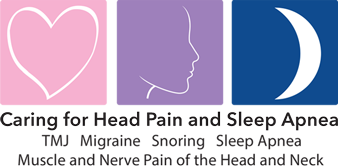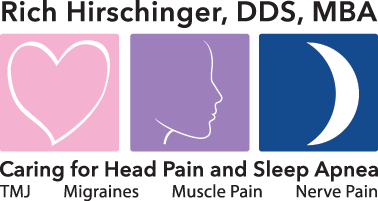

Rich Hirschinger, DDS, MBA
Diplomate American Board of Orofacial Pain
9615 Brighton Way, Suite 323
Beverly Hills, CA 90210
888.981.8981
Diplomate American Board of Orofacial Pain
9615 Brighton Way, Suite 323
Beverly Hills, CA 90210
888.981.8981
History of Sleep Apnea
More About Sleep Apnea
Prior to that time, an early 20th century physician coined the term Pickwickian syndrome, probably a reference to a description by Charles Dickens, in his novel The Pickwick Papers, which accurately describes symptoms associated with sleep apnea.
In 1981, a non-surgical treatment was developed for sleep apnea in the first CPAP, or continuous positive airway pressure device. By the late 1980s, the formerly bulky and noisy devices were replaced by quieter, streamlined designs.
The resulting availability of an effective treatment was the catalyst for a push by the medical community to raise awareness about sleep-disordered breathing and identify those who could benefit from treatment. Specialized sleep clinics common today cropped up as public awareness of the condition and other sleep disorders rose. A study conducted in 1993 found that nearly one in fifteen Americans are affected by at least moderate sleep apnea.
Today obstructive sleep apnea is a serious but highly treatable condition that is well understood with a broad support network existing for individuals with the disorder. Talk to a doctor about the various treatment plans and ways to alleviate the symptoms associated with sleep apnea.






